A new study of lunar soil collected by the Apollo 16 astronauts in 1972 has enabled scientists to reconstruct billions of years of lunar history.
In 1972, after landing in the multi-cratered area of Descartes on the lunar highlands, astronauts John Young, Charles Duke, and Ken Mattingly gathered approximately 96 kg of material from the lunar surface. Preliminary chemical analyses of the samples revealed the presence of various noble gases, including argon and xenon, which are crucial indicators for understanding the impacts of solar wind and asteroid strikes on the formation of the Moon's surface over billions of years.
While the majority of samples have been thoroughly analyzed in previous years, one of the latest was "unpacked" by NASA two years ago—and a significant portion of our understanding of lunar evolution has come from it (particularly concerning the age of our satellite, which turned out to be 40 million years older than previously thought). The latest analysis reveals "new chapters" in this story:
"We can create a more complete picture of the history of certain parts of the Moon in the early solar system: where asteroid impacts were more intense and during which time periods, and when they became less frequent," says lead author Mark Nottingham from the University of Glasgow in the UK.
While analyzing the samples, Nottingham and his colleagues utilized mass spectrometry![]() Mass spectrometry is a method for determining the chemical and phase composition and molecular structure of a substance based on the spectrum of masses of ions formed by the ionization of atoms and/or molecules of the sample. to catalog the gases and their quantities in the samples, which assisted them in "determining how long the samples had been exposed to the lunar surface or near it."
Mass spectrometry is a method for determining the chemical and phase composition and molecular structure of a substance based on the spectrum of masses of ions formed by the ionization of atoms and/or molecules of the sample. to catalog the gases and their quantities in the samples, which assisted them in "determining how long the samples had been exposed to the lunar surface or near it."
The chemical composition of the gases trapped within these "regolith breccias"![]() Breccia is a sedimentary rock comprising angular, cemented fragments larger than 2 mm. due to asteroid impacts indicates they were subjected to solar wind and asteroid influences for extended periods. The specific ages of each of the samples varied considerably: from 2.5 billion years to less than a billion. This suggests that the lunar soil around the landing zone is "mixed,” with some gases released to the surface due to recent strikes.
Breccia is a sedimentary rock comprising angular, cemented fragments larger than 2 mm. due to asteroid impacts indicates they were subjected to solar wind and asteroid influences for extended periods. The specific ages of each of the samples varied considerably: from 2.5 billion years to less than a billion. This suggests that the lunar soil around the landing zone is "mixed,” with some gases released to the surface due to recent strikes.
Nottingham states that the study not only offers a clearer picture of the impact consequences of asteroids on the Moon but also aids in planning future missions and identifying potential sites for establishing bases on the satellite.
"It's remarkable to understand that the samples brought back by Apollo 16 over half a century ago still hold mysteries about the Moon's history and can help shape a plan for exploring the solar system in the coming decades," says Nottingham.
The study was published in October in the journal Meteoritics & Planetary Science (via Space.com).






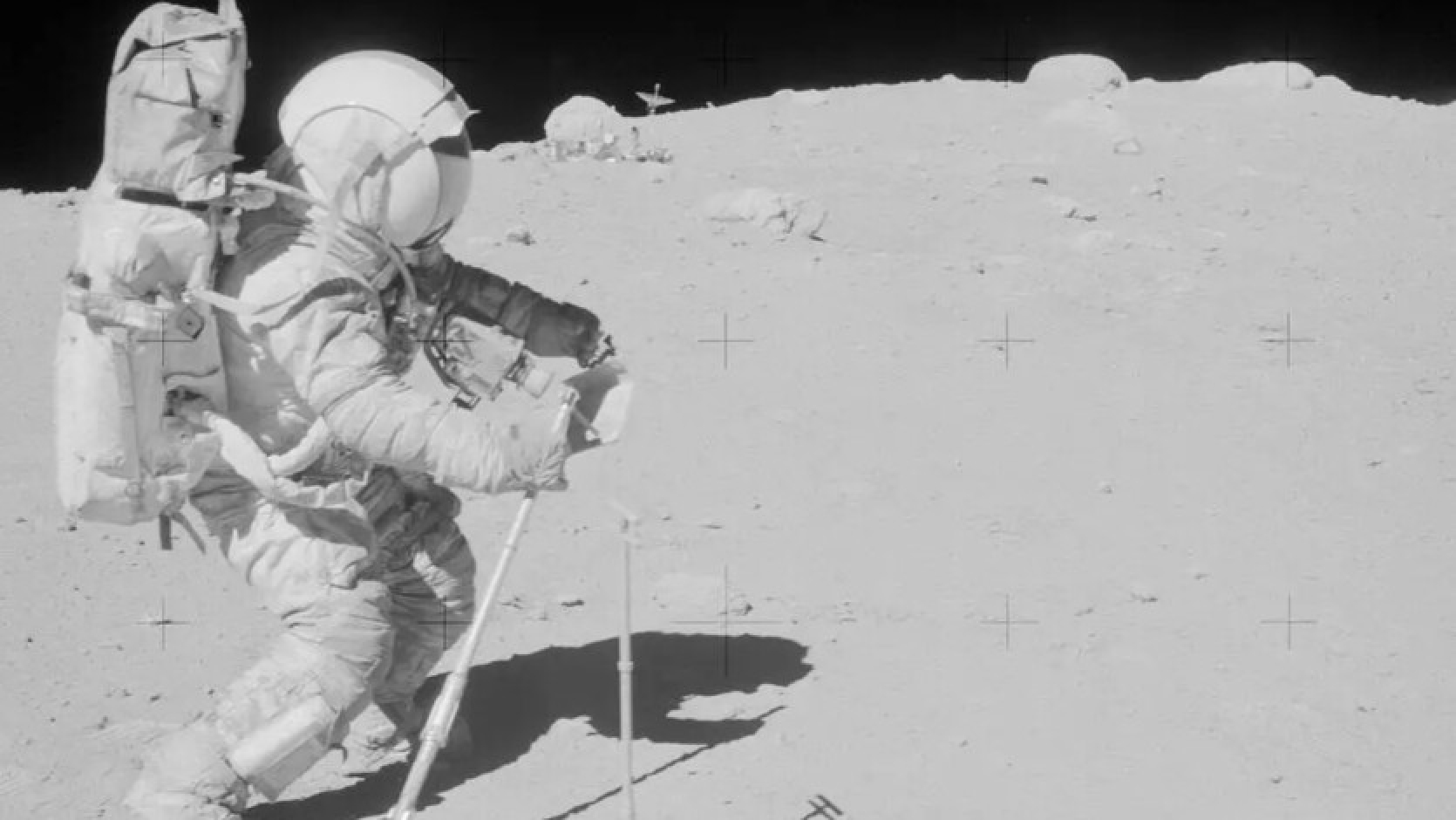



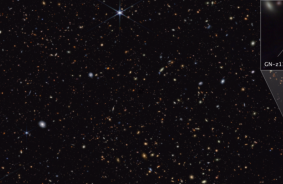
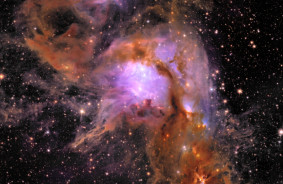
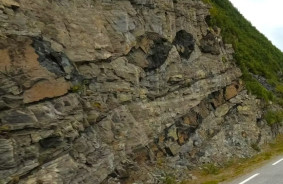
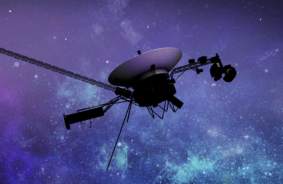
Comments (0)
There are no comments for now